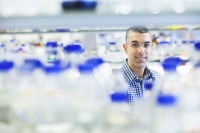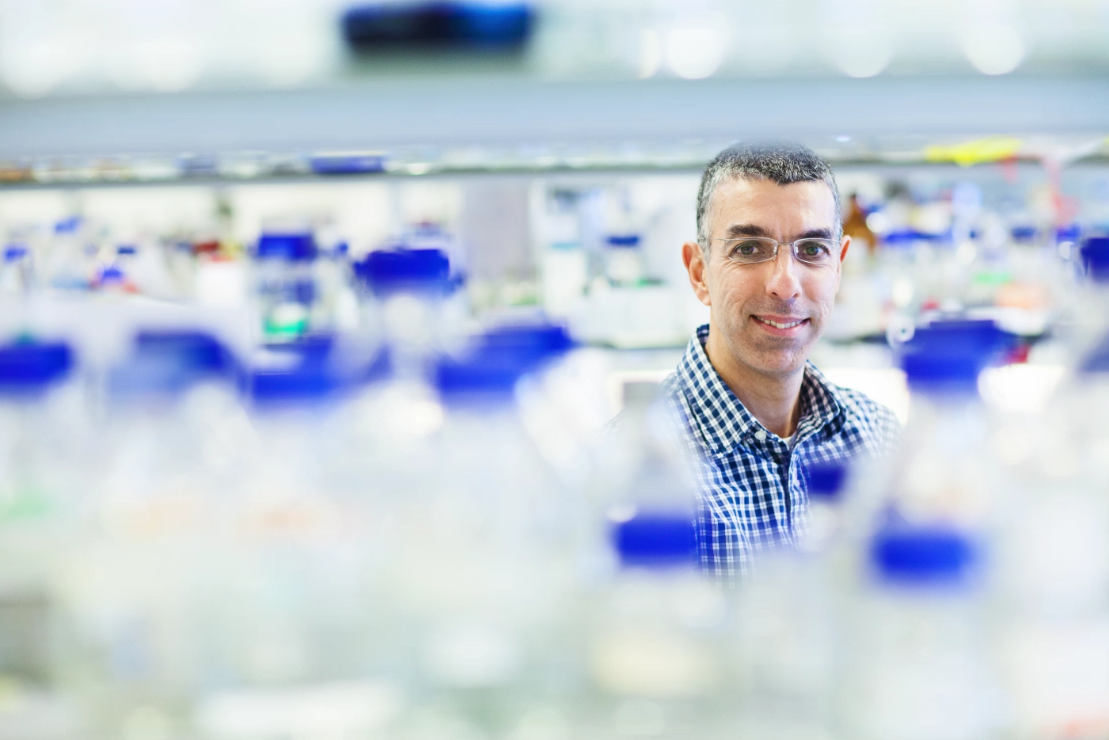
Reuven Agami
Group leader
Phone EmailReuven Agami is heading the Division of Oncogenomics at the Netherlands Cancer Institute, and a full professor of molecular genetics at the University of Rotterdam. He is also a member of the Oncode Institute The Netherlands. Traditionally, his laboratory develops genetic tools and novel strategies to interrogate cancer. He was the first to establish a system that mediates stable suppression of gene expression through RNA interference (Brummelkamp et al., 2002 Science; and Brummelkamp et al., 2002 Cancer Cell), and used it for large-scale functional RNAi screens (Kolfschoten et al., 2005 Cell).
Next, he developed large-scale microRNA screens (Voorhoeve et al., 2006 Cell), genetic screens for key RNA-binding in microRNA biology and alternative polyadenylation of mRNAs (Kedde et al., 2007 Cell; and Jenal et al., 2012 Cell), genetic tools to measure amino acid shortages and linking transcription to mRNA translation via RNA modifications (Loayza-Puch et al., 2016 Nature; and Slobodin et al., 2017 Cell, respectively), and lastly functional genetic screens for regulatory DNA elements (Korkmaz et al., 2016 Nature Biotechnology). Altogether, these significant achievements constitute a proven strong track record of developing novel genetic tools for identifying key players linking gene regulation and disease.
